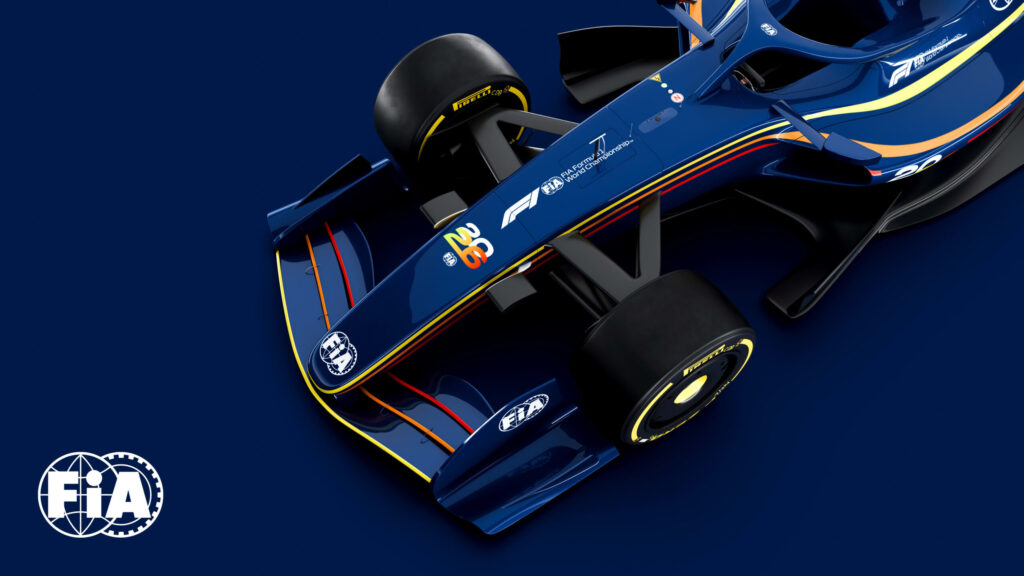
Racing Ahead: Ferrari and the Future of Formula 1
Ferrari is a name that races past most people’s minds when they think about speed, luxury, and all things performance on four wheels. But recently, it’s not just the red of their cars that is turning heads; it’s the exciting changes happening in the world of Formula 1 (F1) racing. Just a few weeks ago, Ferrari took part in the Pirelli 2026 tyre test, an event that promises to give fans a sneak peek into the future of racing technology. For the first time, a modern F1 car was put through its paces to adapt to new expectations for downforce, and what we saw could change the way we think about race cars.
So, what exactly is downforce, and why does it matter? Downforce is the aerodynamic force that pushes a car down toward the track as it speeds along. Imagine sticking your hand out of a car window while driving; if you tilt your hand down, it gets pushed back by the wind. That’s sort of what downforce does to an F1 car, allowing it to grip the track better and corner at insane speeds. More downforce usually means better handling, especially around those fast curves that F1 circuits are famous for. However, everything in life comes with a catch, and in racing, too much downforce can lead to diminishing returns, meaning that sometimes, less can be more.
A Radical Shift for 2026
Ferrari took an exciting leap by modifying its 2024 racing car specifically for this tyre test. It brought a new attitude, making the car less reliant on downforce by about 20% compared to what we see in today’s models. You might be wondering why they would want to reduce downforce. The answer lies in the exciting changes coming to F1’s regulations in 2026. These changes aim to introduce “active aerodynamics,” a fancy term for systems that can automatically adjust how the car moves through the air during a race. This means that instead of just having a fixed amount of downforce, a race car could potentially increase or decrease this force in real-time, enhancing speed and control.
During the test, Lando Norris, the young star driver from McLaren, sped around the track and shocked everyone by clocking the fastest lap of the day. However, even with this impressive lap time, it’s crucial to recognize that the times recorded during this test were slower than what we see in the current race season. This discrepancy is not simply because of the new technology. The weather, track conditions, and even the amount of fuel in the car can all impact lap times, making it tricky to compare numbers directly. But the fact that Norris was able to adapt so well to these modifications shows how talent and determination come into play even amid changing technologies.
A New Look for Tyres
Another significant change anticipated for 2026 revolves around the tyres themselves. Pirelli, the tyre supplier for F1, announced some cuts to the size of the front and rear tyres, which will play a substantial role in how cars handle and perform on the track. Smaller tyres can potentially lead to different grip levels and impact the way cars behave when they turn or accelerate. These changes are not just a random tweak; they are part of a broader strategy to improve racing and make it even more thrilling for fans.
One thing you must understand is that every tiny detail in F1 is meticulously calculated. Engineers spend countless hours in wind tunnels and simulation rooms tweaking and testing designs to find the perfect balance between speed and control. While many fans might think that such changes are minor, they can have massive impacts during a race. Imagine if a car’s tyre grip suddenly increased or decreased mid-race. Drivers have to stay sharp and adapt quickly, often making split-second decisions that can impact everything from their position on the grid to their chances of winning.
A Competitive Future
Overall, the Pirelli 2026 tyre test marked an exciting milestone for Formula 1 and gave us a glimpse into what to expect as teams gear up for the significant changes coming in a few years. The intention behind these changes isn’t just to shake things up but to develop a generation of F1 cars that enhance the competition and provide even more nail-biting excitement for viewers around the world. It’s like being handed a mystery book where the next chapter could either be a heart-pounding race to the finish line or a strategic battle of wits among world-class drivers and teams.
So, why does all of this matter? Well, F1 isn’t just a sport; it’s a brilliant showcase of engineering, strategy, and human excellence. It highlights teamwork and brings together some of the world’s most talented drivers, engineers, and strategists to perform in a high-stakes environment. Every lap is a battle; every race is a story filled with twists and turns. As we look forward to 2026, these modifications signify a commitment to fostering a fairer, more competitive field where skill and strategy can shine brighter than ever.
What Does the Future Hold?
As we drift into this new age of racing, one question hangs in the air: How will these changes affect your favorite teams and drivers? With Ferrari and other teams ramping up their game, it’ll be fascinating to see who adapts best to the new rules and equipment. The expectations are high, and while we may not have all the answers just yet, one thing’s for sure—there’s never been a more exciting time to be an F1 fan.
So, what do you think? Are you excited about the future of Formula 1? Or do you have concerns about these changes? What adjustments do you think will have the most significant impact on races? Share your thoughts in the comments below!




